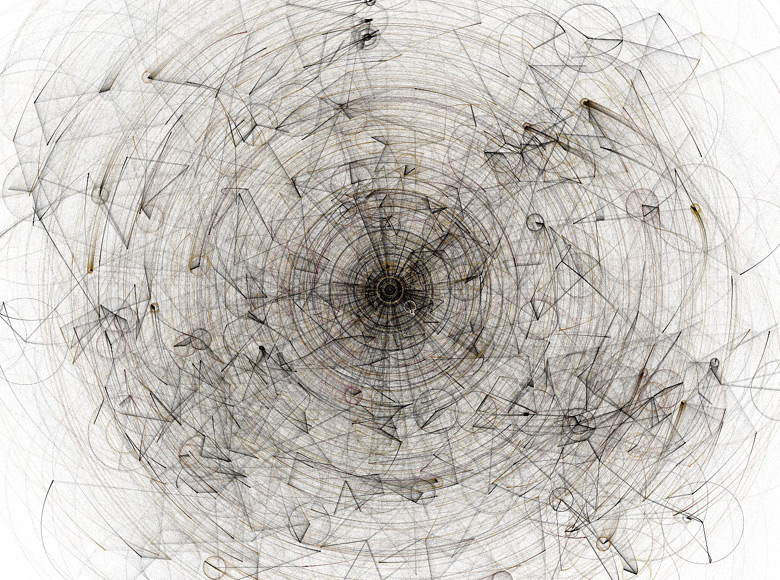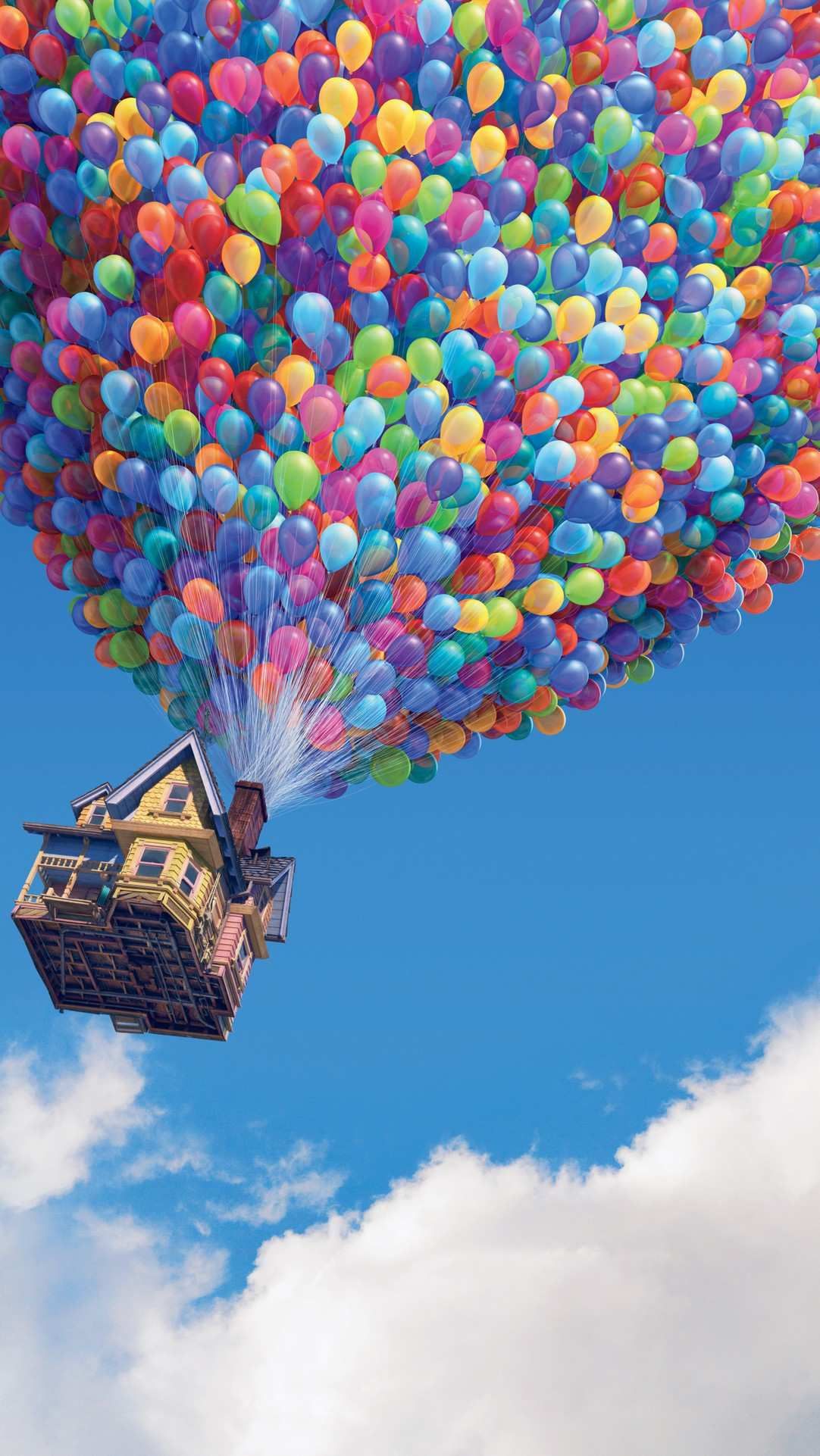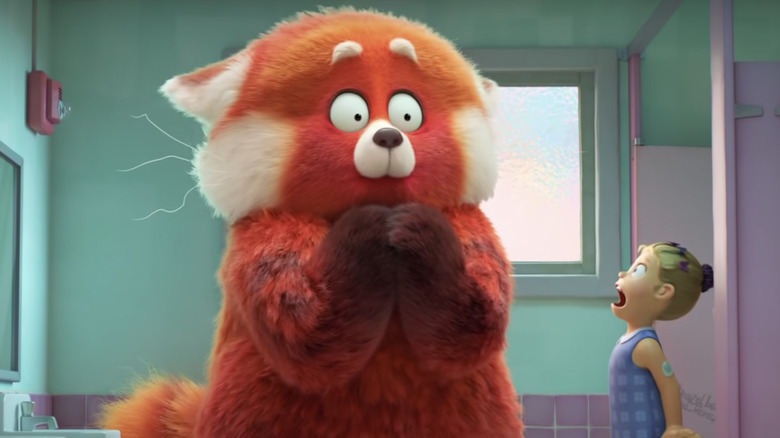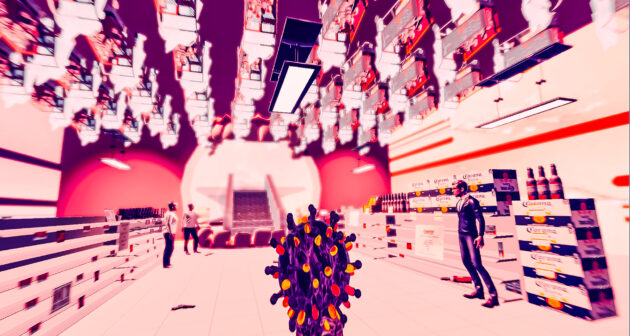sketchfunction setup() {
createCanvas(500, 500);
background(249, 198, 187);
}
function draw() {
background(249, 198, 187);
strokeWeight(0);
fill(239, 221, 199); //skin tone
rect(200, 200, 100, 300); //neck
fill(226, 189, 181); //skin shadow
ellipse(250, 300, 110, 110); //neck shadow
fill(249, 198, 187); //bg color to carve neck shape out
ellipse(330, 385, 80, 320); //bg to carve neck shape (right)
ellipse(170, 385, 80, 320); //bg to carve neck shape (left)
fill(168, 142, 112); //hair color
ellipse(250, 180, 250, 270); //back of hair
fill(239, 221, 199); //skin tone
ellipse(250, 200, 200, 250); //bottom of head/chin
ellipse(250, 180, 200, 200); //top of head, to round out
ellipse(150, 220, 60, 80); //left ear
ellipse(350, 220, 60, 80); //right ear
stroke(226, 189, 181); //ear x
strokeWeight(4);
line(130, 210, 155, 240); //L X
line(135, 240, 150, 205); //L X
line(370, 210, 345, 240); //R X
line(365, 240, 350, 205);
strokeWeight(0); //reset
fill(168, 142, 112); //hair color
ellipse(260, 100, 70, 70) //middle curl
fill(239, 221, 199); //skin tone
ellipse(274, 107, 55, 55); //skin to carve curl
fill(122, 114, 105); //eyeliner color
ellipse(200, 196, 55, 60); //L eyeliner
ellipse(300, 196, 55, 60); //R eyeliner
fill(234, 240, 247); //whites of eyes
ellipse(200, 200, 55, 60); //L white of eye
ellipse(300, 200, 55, 60); //R white of eye
fill(113, 130, 154); //eyeball color
ellipse(202, 200, 33, 33); //L eye
ellipse(298, 200, 33, 33); //R eye
fill(255); //eye highlights
ellipse(190, 187, 15, 15); //L highlight
ellipse(286, 187, 15, 15); //R highlight
fill(168, 142, 112); //hair color (for eyebrows)
ellipse(202, 150, 22, 10); //L eyebrow
ellipse(298, 150, 22, 10); //R eyebrow
fill(226, 189, 181); //skin shadow (for nose)
triangle(250, 200, 235, 250, 265, 250);
fill(186, 101, 101); //mouth color
ellipse(250, 275, 35, 20); //mouth
fill(250, 250, 242); //teeth color
ellipse(250, 270, 30, 10); //teeth
fill(103, 95, 130); //shirt color
ellipse(250, 520, 250, 200); //shirt
fill(129, 121, 156); //shirt collar color
ellipse(250, 455, 115, 80) //collar
fill(239, 221, 199); //skin tone
ellipse(250, 445, 100, 70); //neck base
fill(201, 199, 209); //for jewelry
ellipse(145, 255, 10, 10); //L earring(s)
ellipse(133, 246, 10, 10); //L earring(s)
ellipse(130, 195, 10, 10); //L earring(s)
ellipse(355, 255, 10, 10); //R earring(s)
ellipse(367, 246, 10, 10); //R earring(s)
ellipse(373, 232, 10, 10); //R earring(s)
ellipse(237, 240, 10, 7); //nose piercing
fill(125, 184, 144); //nose piercing jewel color
ellipse(237, 240, 6, 4); //nose piercing jewel
}
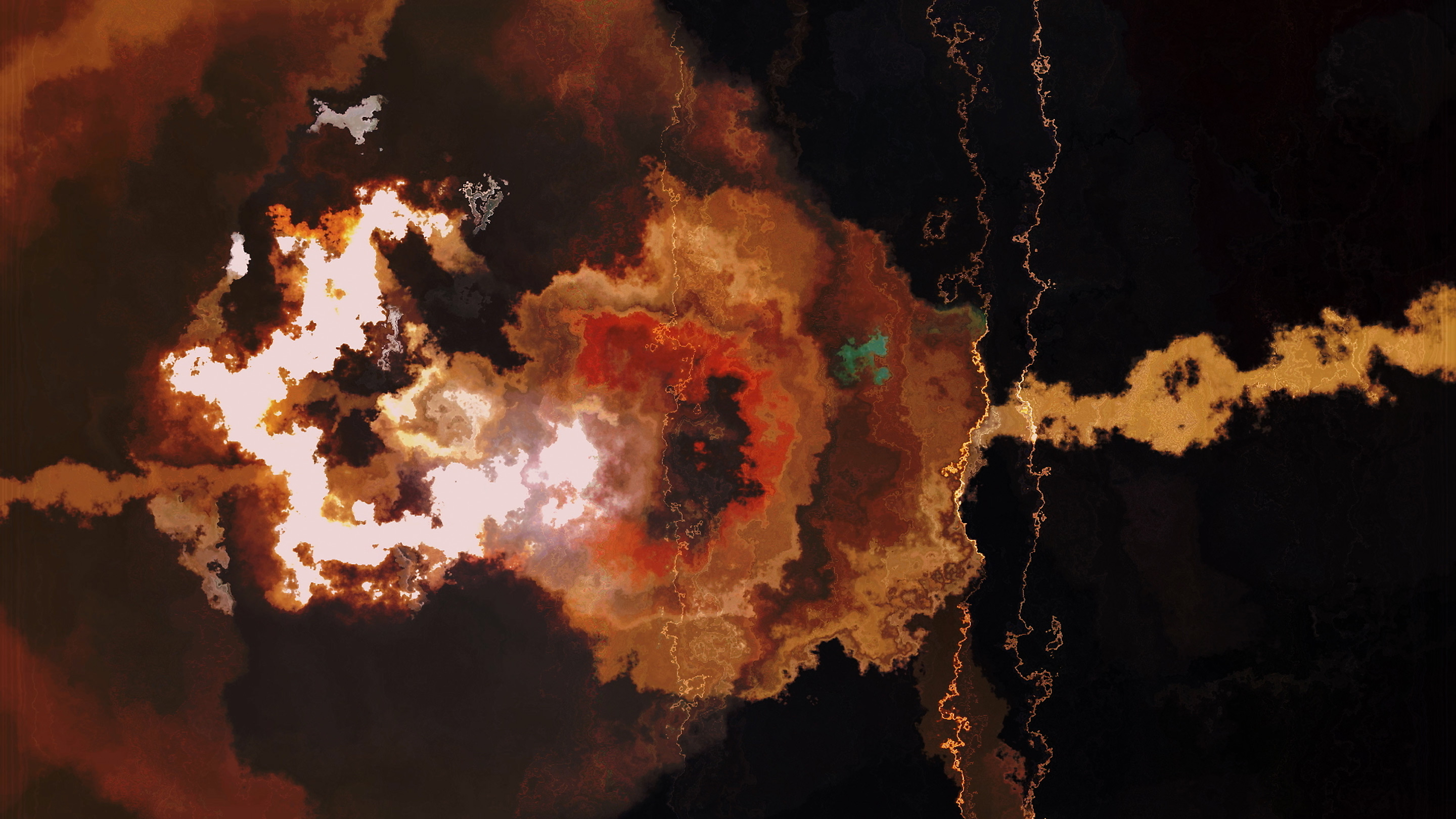
![[OLD SEMESTER] 15-104 • Introduction to Computing for Creative Practice](../../../../wp-content/uploads/2023/09/stop-banner.png)
